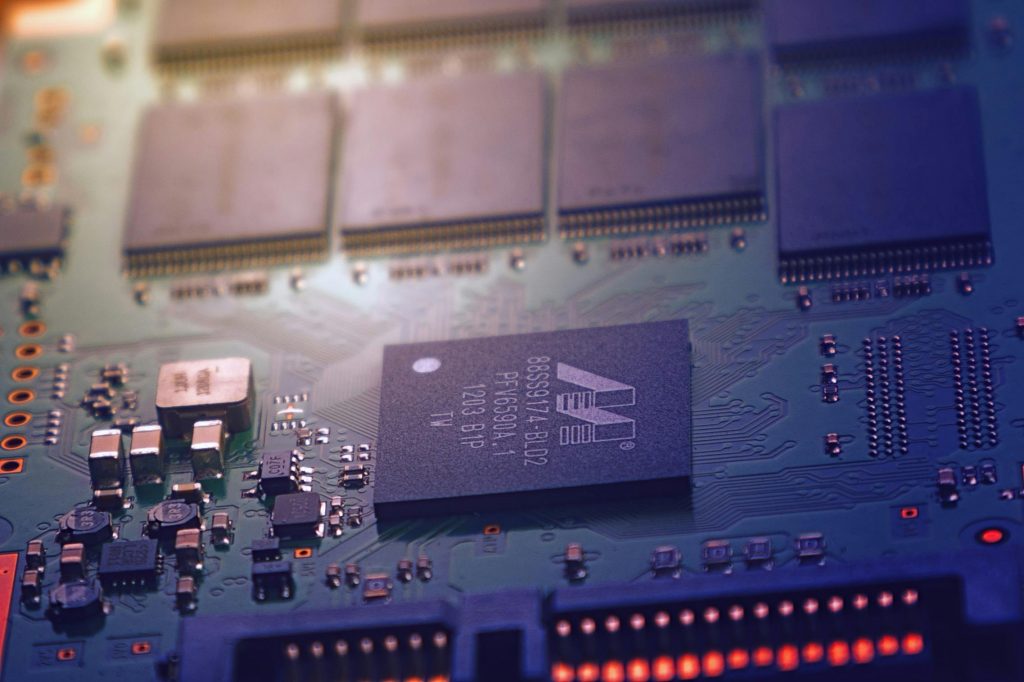
How Old Technology is Competing with New Technology
In our fast-paced digital age, where innovation seems to spring forward at breakneck speed, it’s easy to forget that old technology still has a place in our modern world.
Surprisingly, these age-old innovations often compete vigorously with the latest tech, holding their own in ways that are both fascinating and practical.
From vinyl records to typewriters, let’s dive into how old technology is not just surviving, but thriving alongside its newer counterparts.

The Resurgence of Vinyl Records
Once considered relics of a bygone era, vinyl records have made a significant comeback. In a world dominated by digital music streaming services, the tactile experience and rich sound quality of vinyl have carved out a niche market. Audiophiles argue that vinyl offers a warmer, more authentic sound compared to the compressed formats used in digital music.
Additionally, the artwork and physical presence of vinyl records provide a tangible connection to music that many listeners still crave. According to the Recording Industry Association of America (RIAA), vinyl sales have been steadily increasing, even surpassing CD sales in recent years.
This resurgence highlights how old technology can find new life and appreciation in a digital world.
The Timelessness of Film Photography
In an era where smartphone cameras boast high megapixels and AI-enhanced photo editing, film photography might seem outdated. However, it has seen a notable revival among enthusiasts and professional photographers alike. The unique aesthetic of film—its grain, dynamic range, and the depth of color—is something digital photography often struggles to replicate.
Moreover, the process of shooting with film requires a level of intention and patience that many find rewarding. The resurgence of film photography is evident in the growing market for film cameras and the increasing availability of film rolls and development services.
The Nostalgia and Utility of Typewriters
Typewriters, once ubiquitous in offices and homes, were quickly replaced by computers and word processors. Yet, they’ve seen a resurgence among writers and artists who appreciate their simplicity and tactile feedback. Unlike digital devices that come with constant notifications and potential distractions, typewriters offer a distraction-free writing experience.
This old technology encourages a focused and deliberate approach to writing, fostering creativity in a way that modern keyboards and screens might not. Vintage typewriters have become collectible items, and repair shops specializing in these machines have sprung up to meet the demand.
The Reliability of Analog Watches
In a market flooded with smartwatches that track everything from heart rates to sleep patterns, the humble analog watch continues to hold its ground. Analog watches are often seen as timeless fashion statements and symbols of craftsmanship.
Brands like Rolex and Omega have maintained their prestige and desirability, proving that analog can compete with digital on different terms. The simplicity, elegance, and longevity of a well-crafted analog watch offer a contrast to the often short-lived and rapidly obsolete nature of digital gadgets.
The Enduring Appeal of Physical Books
Despite the convenience of e-books and digital reading devices like Kindle, physical books remain incredibly popular. There’s something about the tactile sensation of turning pages, the smell of paper, and the sight of a book-filled shelf that digital formats can’t replicate.
Physical books also offer a break from screen time, which is increasingly valuable in our digitally saturated lives. Independent bookstores and major retailers alike report steady sales of physical books, indicating a persistent preference for the printed word.
Final Thoughts…
The competition between old and new technology is not a zero-sum game. Instead, it’s a dynamic interplay where old technologies adapt, find new markets, and coexist with modern innovations. The resurgence of vinyl records, film photography, typewriters, analog watches, and physical books illustrates that old technologies can remain relevant by offering unique experiences and qualities that new technologies might lack.
As we continue to advance technologically, it’s worth remembering and celebrating the enduring appeal of these timeless innovations. They remind us that progress doesn’t always mean leaving the past behind; sometimes, it means bringing the best of the past forward into the future.